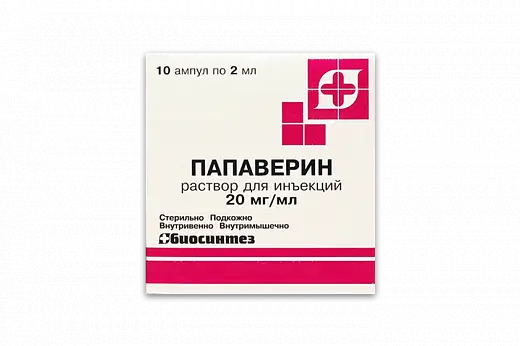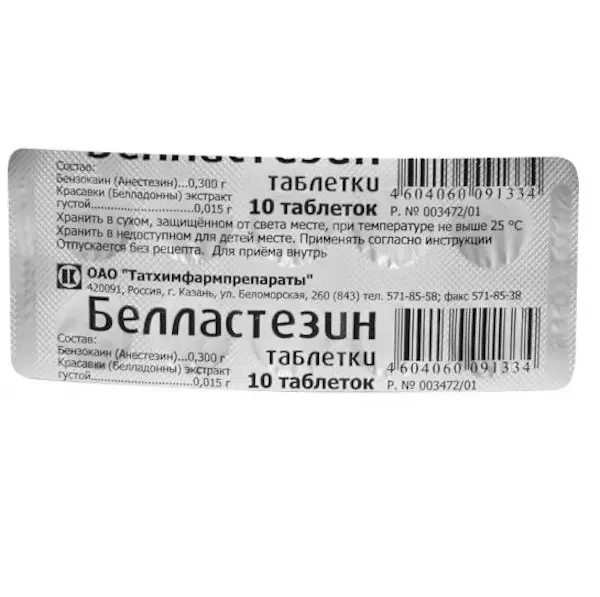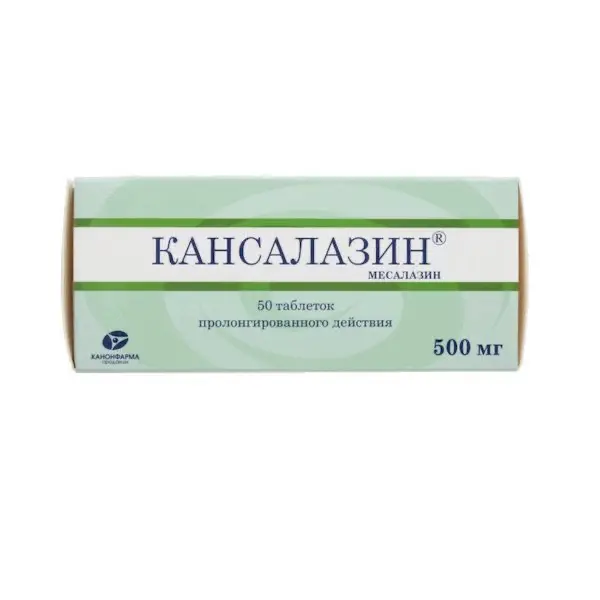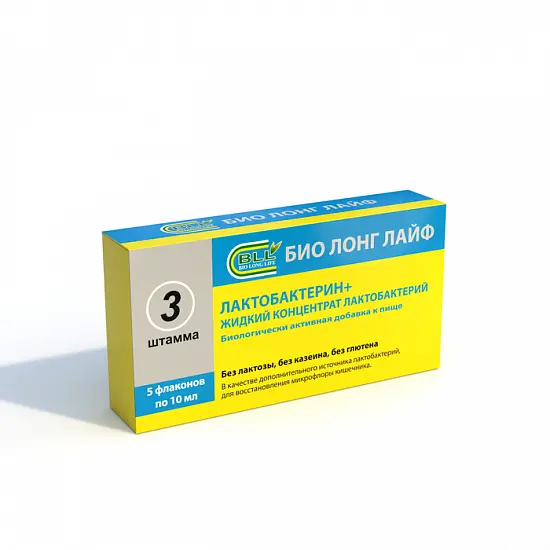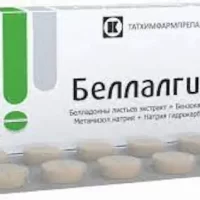Description
Papaverine Pharmacodynamics
An antispasmodic agent, has a hypotensive effect. Inhibits phosphodiesterase, causes accumulation of cyclic adenosine monophosphate and decrease of calcium ions in the cell; reduces tone and relaxes smooth muscles of internal organs (gastrointestinal tract, respiratory and urogenital systems) and vessels. In high doses it reduces excitability of the heart muscle and slows intracardiac conduction. The effect on the central nervous system is weak (in high doses it has a sedative effect).
Indications
Smooth muscle spasm of: abdominal organs (cholecystitis, pylorospasm, spastic colitis, renal colic); peripheral vessels (endarteritis); cerebral vessels; heart – angina pectoris (as part of complex therapy); bronchospasm. As an auxiliary drug for premedication.
Contraindications .
Hypersensitivity, AV blockade, glaucoma, severe hepatic insufficiency, elderly age (risk of hyperthermia), children (under 6 months).
Caution
Patients after head injury, chronic renal insufficiency, insufficiency of adrenal function, hypothyroidism, prostatic hyperplasia, supraventricular tachycardia, shock.
Dosage and administration
- Subcutaneously, intramuscularly – 1-2 ml of 20 mg/ml solution (20-40 mg) 2-4 times daily; slowly intravenously – 20 mg diluted in 10-20 ml of 0.9% sodium chloride solution.

